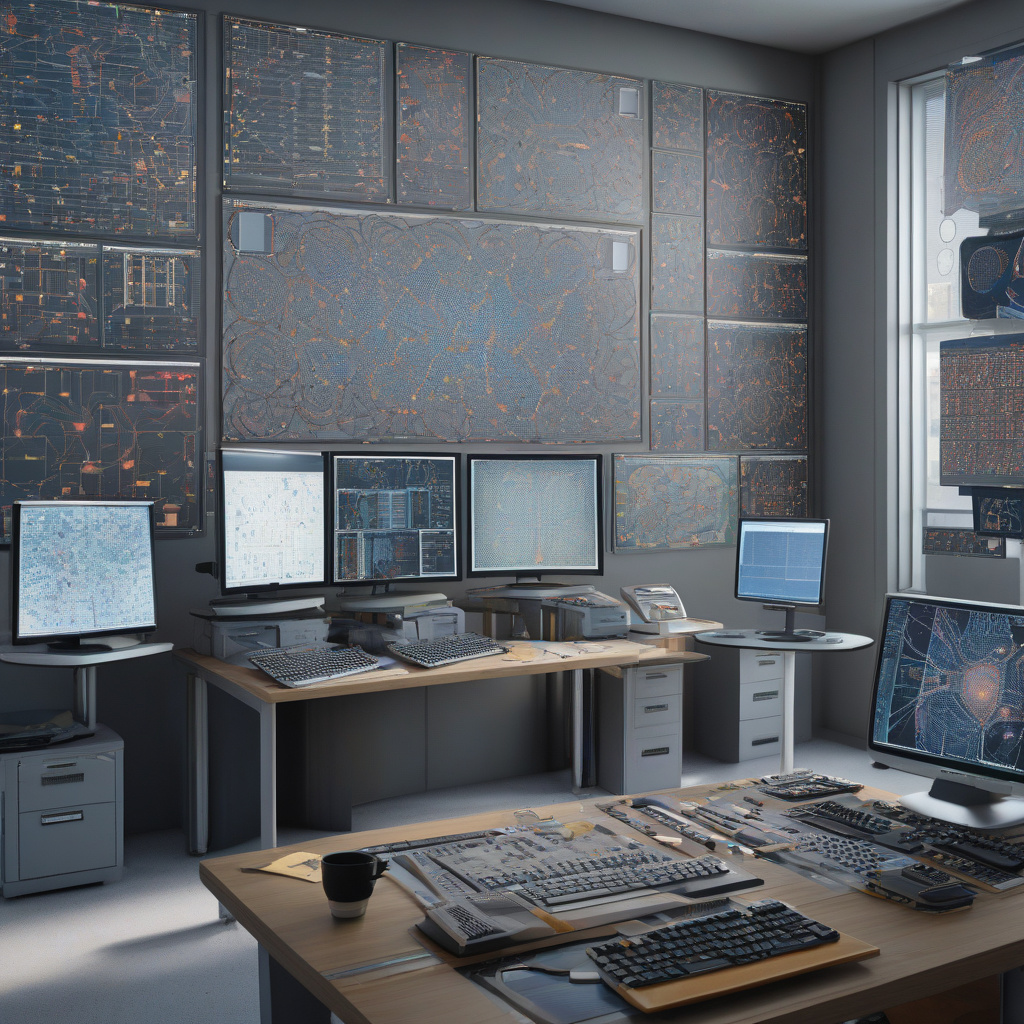Artificial Intelligence (AI) algorithms have revolutionized the way machines interpret and analyze data, particularly in the realm of pattern recognition. But how exactly do these algorithms learn to recognize patterns? To delve into this intriguing process, we must understand that pattern recognition in AI involves the systematic method through which systems discern repeated structures within datasets. By collecting numerous examples and meticulously comparing them, AI algorithms gradually grasp the underlying patterns, enabling them to make predictions and decisions based on new, unseen data.
One fundamental technique used in training AI algorithms to recognize patterns is supervised learning. In this approach, the algorithm is provided with a labeled dataset, where each input is associated with the correct output. Through iterative processing of these labeled examples, the algorithm adjusts its internal parameters to minimize errors, ultimately fine-tuning its ability to identify patterns accurately. For instance, in image recognition, a supervised learning algorithm would analyze thousands of labeled images to learn the distinguishing features of various objects or shapes.
Another key method employed in pattern recognition is unsupervised learning. Unlike supervised learning, this technique involves training the algorithm on unlabeled data, challenging it to uncover hidden patterns independently. Unsupervised learning is particularly useful in scenarios where labeled datasets are scarce or difficult to obtain. By clustering data points based on similarities or anomalies, unsupervised learning algorithms can identify patterns that might not be apparent to human observers, offering valuable insights into complex datasets.
Reinforcement learning represents a third approach in training AI algorithms to recognize patterns. This method employs a reward-based system, where the algorithm learns through trial and error to maximize cumulative rewards over time. By interacting with an environment and receiving feedback on its actions, the algorithm refines its decision-making process, effectively learning to recognize patterns that lead to favorable outcomes. Reinforcement learning has been successfully applied in various domains, such as game playing, robotics, and natural language processing.
Moreover, deep learning techniques, particularly convolutional neural networks (CNNs) and recurrent neural networks (RNNs), have significantly advanced the field of pattern recognition in AI. CNNs excel in processing visual data, extracting hierarchical features from images to identify complex patterns, while RNNs are adept at analyzing sequential data, making them ideal for tasks like speech recognition and language modeling. By leveraging the capabilities of deep learning architectures, AI algorithms can efficiently learn intricate patterns from massive datasets, achieving remarkable levels of accuracy and predictive power.
In conclusion, the training of AI algorithms to recognize patterns is a multifaceted process that encompasses various methodologies, including supervised learning, unsupervised learning, reinforcement learning, and deep learning. By combining these approaches and harnessing the computational power of modern hardware, AI systems can swiftly detect patterns in diverse datasets, offering invaluable insights and driving innovation across industries. As technology continues to evolve, the ability of AI algorithms to recognize patterns will undoubtedly play a pivotal role in shaping the future of artificial intelligence and transforming the way we interact with data and machines.

